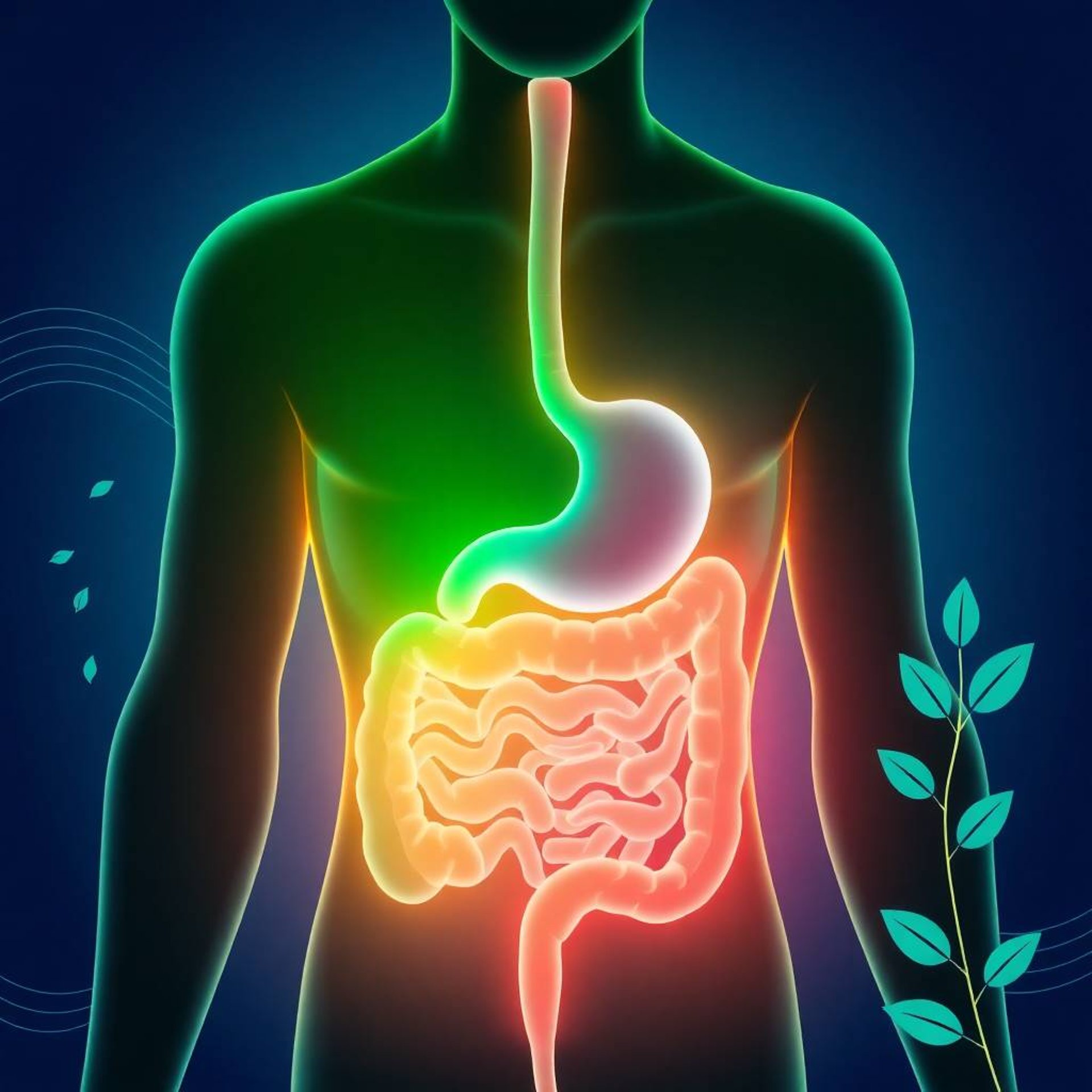Crohn’s Disease: 2025 Research Update on Causes, Symptoms, and Treatment

Crohn’s Disease: 2025 Research Update on Causes, Symptoms, and Treatment
Crohn’s disease is a chronic inflammatory bowel disease (IBD) that causes ongoing inflammation in the digestive tract. It can affect anywhere from the mouth to the anus, though it most often targets the small intestine and the colon. The condition leads to patchy inflammation that disrupts nutrient absorption, digestion, and daily life.
Worldwide, Crohn’s affects about 1 in 300 people, with rates rising steadily in developed areas. While there is no cure, early awareness, medical management, and nutrition strategies can make a profound difference. This overview, based on reliable 2025 research insights, breaks down the causes, symptoms, treatments, and lifestyle approaches for Crohn’s disease.
Root Causes of Crohn’s Disease
The exact cause of Crohn’s remains unclear. Instead, it’s thought to involve a complex interplay of genetics, immune dysfunction, and environmental triggers that cause the body’s defense system to attack its own gut.
Genetic Factors
Crohn’s often runs in families. If a close relative has it, your risk increases by 10–20%.
Nature (2025) highlights mutations in genes like NOD2, which impair the gut barrier, allowing bacteria to trigger chronic inflammation.
Immune System Issues
The body mistakenly attacks harmless gut bacteria, leading to long-term inflammatory damage.
2025 updates reported by ScienceDaily identify overactive JAK signaling pathways as major drivers of this process.
Environmental Triggers
Smoking doubles both risk and severity; it is the top avoidable risk factor (Mayo Clinic, 2025).
Diet does not “cause” Crohn’s, but processed foods and high-fat diets may worsen inflammation.
Other influences include urban living, stress, and microbiome imbalances.
A Cleveland Clinic (2025) review noted that early antibiotic use may alter gut bacteria in a way that increases risk later in life.
Common Symptoms of Crohn’s Disease
Crohn’s symptoms vary based on where the inflammation occurs and how severe it is. They often appear in cycles of flares and remission.
Core Symptoms
Abdominal pain/cramping (often lower right abdomen)
Chronic diarrhea
Rectal bleeding
Fatigue
Unexplained weight loss
Other Signs
Mouth sores
Joint pain
Skin rashes
Eye inflammation
In children: delayed growth and puberty
Severe Complications
Bowel obstructions due to scar tissue
Fistulas (abnormal tunnels between gut and other organs)
Abscesses (painful, infected pockets)
StatPearls (2025) notes that up to 30% of cases progress to these complications if untreated.
Note: Symptoms overlap with ulcerative colitis, but Crohn’s typically involves the full thickness of the gut wall, making it more aggressive.
Treatment Options for Crohn’s Disease
Although incurable, modern treatments focus on calming inflammation, managing symptoms, and preventing complications. Excitingly, 2025 advances highlight earlier use of biologic therapies, which are significantly improving remission outcomes.
Medications
Anti-inflammatories (e.g., corticosteroids) reduce swelling short-term.
Immunosuppressants (azathioprine, methotrexate) suppress overactive immune responses.
Biologics (infliximab, risankizumab) target specific proteins fueling inflammation.
Cedars-Sinai (2025) trials show biologics achieve remission in 40–50% of moderate Crohn’s cases.
New JAK inhibitors (upadacitinib) offer targeted oral therapy for difficult cases (ScienceDaily, 2025).
Diet and Nutrition
No universal "Crohn’s diet," but avoiding high-fiber, spicy, or dairy foods during flares often helps.
Low-residue diets reduce irritation.
Some patients benefit from exclusive enteral nutrition (liquid formulas) to induce remission.
Cleveland Clinic (2025) research supports probiotic-rich foods for microbiome balance and gut healing.
Surgery
Necessary in severe cases to remove damaged bowel segments (resection) or repair fistulas.
About 70% of Crohn’s patients eventually require surgery, though disease often returns (Mayo Clinic, 2025).
Lifestyle Strategies
Daily habits can significantly improve long-term outcomes:
Quit smoking – reduces severity dramatically.
Stress management – mindfulness and therapy can decrease flare frequency.
Balanced, anti-inflammatory diet – ties into rainbow-style eating for gut health.
Regular monitoring – early treatment makes complications less likely.
Key Takeaway
Crohn’s disease is a lifelong condition that demands ongoing management through medications, nutrition, and lifestyle support.
While there is no cure, 2025 findings show that earlier biologic therapies and diet-microbiome approaches are changing the game achieving higher remission rates, lowering complications, and helping patients maintain quality of life.
By combining medical care with gut-friendly nutrition and habits, individuals can live well, minimize flares, and protect their long-term health.
Sources (2025 Research & Clinical Updates)
Nature (Genetic factors in IBD, 2025)
ScienceDaily (JAK signaling, new therapies, 2025)
Mayo Clinic (Lifestyle and Crohn’s management, 2025)
Cleveland Clinic (Microbiome and diet studies, 2025)
Cedars-Sinai (Biologics and remission data, 2025)
StatPearls (Complication statistics, 2025)
info@inspectordeepdive.com
© 2025 food.InspectorDeepDive.com. All rights reserved. Content may not be copied or republished without permission.
This article is for informational purposes only. InspectorDeepDive.com does not provide medical advice. Always consult a licensed healthcare provider before making dietary or health decisions.
